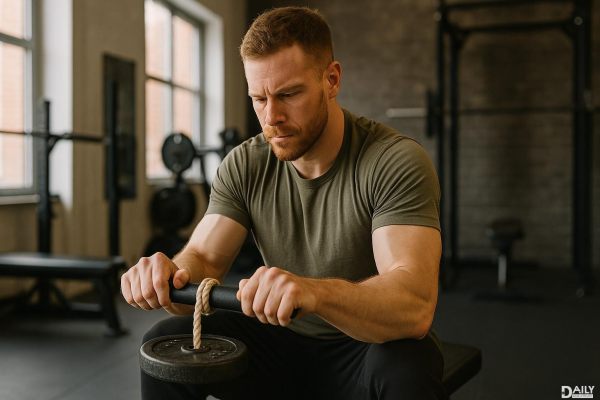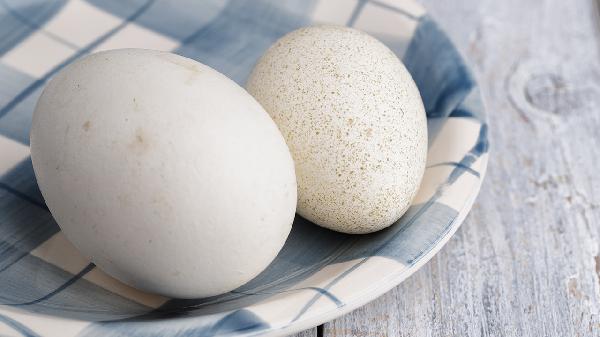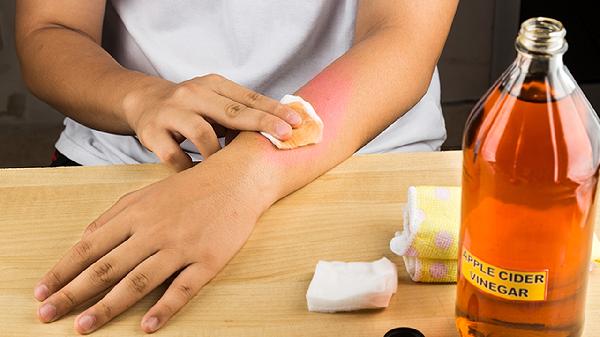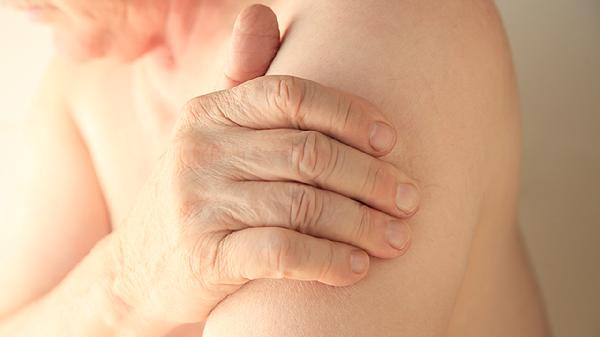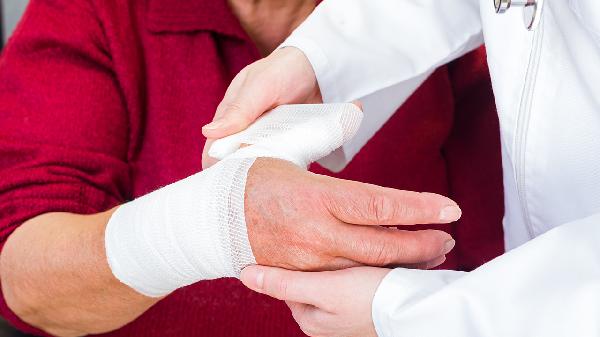If you’re looking to beef up your forearms and boost your grip strength, you’re in the right place. Strong forearms aren’t just for show—they’re essential for everything from lifting heavy weights to opening stubborn jars. The good news? You don’t need fancy equipment or a gym membership to get started. With the right exercises and consistency, you can transform your grip strength and build forearms that’ll make Popeye jealous.

Let’s get real: forearms are often the unsung heroes of fitness. They’re involved in almost every upper-body movement, from pulling and pushing to gripping and holding. Whether you’re deadlifting, rock climbing, or just carrying groceries, your forearms are working overtime. Weak forearms can limit your performance in other exercises and even lead to injuries. On the flip side, strong forearms can improve your overall strength, enhance your endurance, and give you that extra edge in sports and daily activities.
Ready to get those forearms firing? Here are some killer exercises that’ll help you build grip strength and muscle definition. These moves target the flexors and extensors in your forearms, ensuring balanced development.
This one’s a classic for a reason. Grab a pair of heavy dumbbells or kettlebells, stand tall, and walk for a set distance or time. The key here is to maintain a strong grip and keep your core engaged. Farmer’s carries not only work your forearms but also improve your posture and overall stability. Start with a manageable weight and gradually increase as your grip strength improves.
Wrist curls are a straightforward yet effective way to target the forearm flexors. Sit on a bench with your forearms resting on your thighs, palms facing up. Hold a dumbbell in each hand and curl your wrists upward, then slowly lower them back down. For an extra challenge, try reverse wrist curls with your palms facing down to hit the extensors.
Sometimes, the simplest exercises are the most effective. Find a pull-up bar, grab it with an overhand grip, and hang for as long as you can. Dead hangs are fantastic for building grip endurance and decompressing your spine. If you’re feeling adventurous, try adding a towel or thick grip attachment to increase the difficulty.
This exercise is all about grip strength. Grab two weight plates (smooth sides out) and pinch them together between your fingers and thumb. Hold for as long as possible, then rest and repeat. Plate pinches are a great way to isolate the muscles in your hands and forearms, making them a must for anyone serious about improving their grip.
While hammer curls are often associated with bicep development, they’re also a fantastic forearm exercise. Hold a dumbbell in each hand with your palms facing inward (like you’re holding a hammer) and curl the weights up. The neutral grip position places extra emphasis on your forearms, making this a double-duty move for your arms.
Building forearm strength isn’t just about doing the exercises—it’s about doing them right. Here are some tips to help you get the most out of your workouts:
It’s easy to let your form slip when you’re focusing on grip strength, but proper technique is crucial. Keep your wrists neutral, avoid excessive swinging, and engage your core to maintain stability. Remember, quality over quantity.
Like any other muscle group, your forearms need progressive overload to grow. Gradually increase the weight, duration, or intensity of your exercises to keep challenging your muscles. Don’t be afraid to push yourself, but listen to your body to avoid overtraining.
Your forearms are made up of multiple muscles, so it’s important to target them from different angles. Mix up your exercises, grips, and equipment to ensure balanced development and prevent plateaus.
Forearms are small but mighty, and they can get fatigued quickly. Give them time to recover between workouts, and consider incorporating stretching or foam rolling to prevent tightness and improve flexibility.
Tracking your progress is key to staying motivated and seeing results. Here are a few ways to measure your forearm and grip strength improvements:
Invest in a hand dynamometer to measure your grip strength. Test your grip at regular intervals and aim to increase your score over time. This is a great way to quantify your progress and set specific goals.
Pay attention to how your performance improves in exercises like deadlifts, pull-ups, and farmer’s carries. If you’re able to lift heavier weights or hold on longer, it’s a clear sign that your forearm strength is improving.
While strength is the primary goal, don’t overlook the aesthetic benefits. Take progress photos or simply observe the definition and size of your forearms over time. Seeing those veins pop and muscles grow can be incredibly rewarding.
Even with the best intentions, it’s easy to make mistakes when training your forearms. Here are some pitfalls to watch out for:
Many people focus solely on the flexors (the muscles on the underside of the forearm) and ignore the extensors (the muscles on top). This can lead to imbalances and increase the risk of injury. Make sure to include exercises like reverse wrist curls and finger extensions in your routine.
Because forearms are involved in so many movements, it’s easy to overtrain them. Be mindful of how often you’re directly targeting your forearms and give them adequate rest. Overtraining can lead to fatigue, soreness, and even injury.
While progressive overload is important, using too much weight too soon can compromise your form and lead to injury. Start with lighter weights and focus on mastering the movement before increasing the load.
Building stronger forearms and improving your grip strength isn’t just about looking good—it’s about performing better in every aspect of your life. Whether you’re an athlete, a gym enthusiast, or just someone who wants to open jars without struggling, these exercises and tips will set you on the right path. Remember, consistency is key, so stick with it and watch your forearms (and grip) transform. Now go grab those weights and get to work!


